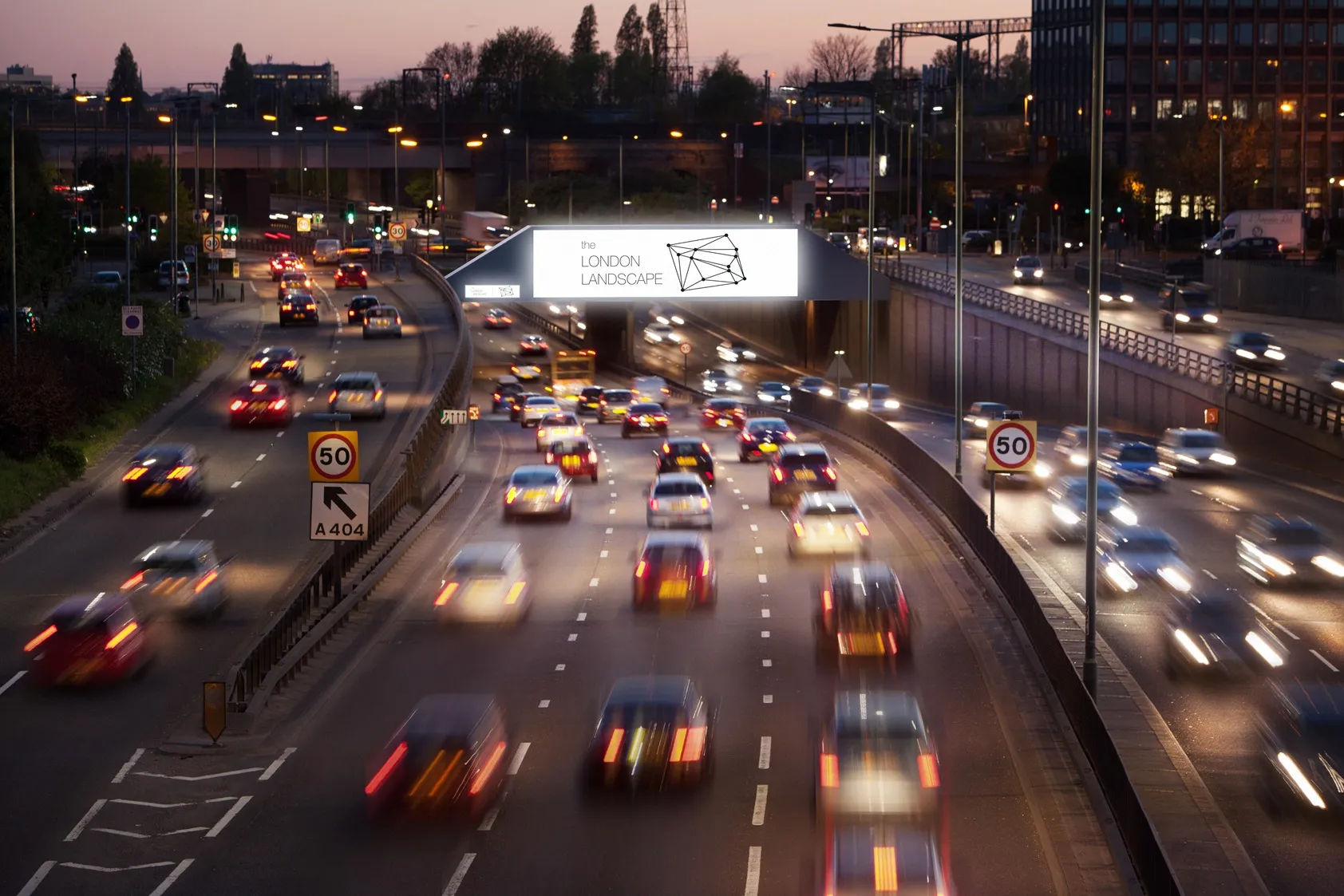Dutch Infrastructure and Environment Minister Melanie Schultz van Haegen, along with representatives of the
The convoy consisted of three
This method of coupled drive, based on adaptive cruise control, provides significant fuel savings. "With two second gap it is possible to save five per cent of diesel per truck. That is significant especially when you consider that fuel costs are 27 per cent of the total cost of transport." suggested Lars- Gunnar Hedström, head of product development at Scania. According to Hedstrom, another advantage of platooning is a reduction in traffic congestion. "Because trucks driving close to each other, there may be more cars on the road. The traffic flow is better, with less congestion.”
Dutch laws and regulations will have to be changed to allow full scale testing of self-driving trucks and vehicles, but Minister Schultz was positive about platooning and suggested that the Netherlands should take a leading role. "Self-propelled vehicles offer great opportunities to make our mobility easier, safer and cleaner, it is important that we learn by doing. She called on manufacturers, research institutes and governments to consult with each other to promote the development of self-propelled vehicles in Europe.
Scania tests truck platooning
Dutch Infrastructure and Environment Minister Melanie Schultz van Haegen, along with representatives of the European Commission, recently took part in test drive of truck platooning on the A28 in the Netherlands.
The convoy consisted of three Scania R500 Streamline trucks; the steering was done by truck drivers, but speed and braking were controlled by the front truck using wi-fi technology. The plan is to have fully self driving trucks in the future.
This method of coupled drive, based on adaptive cr
February 11, 2015
Read time: 2 mins
RSS









